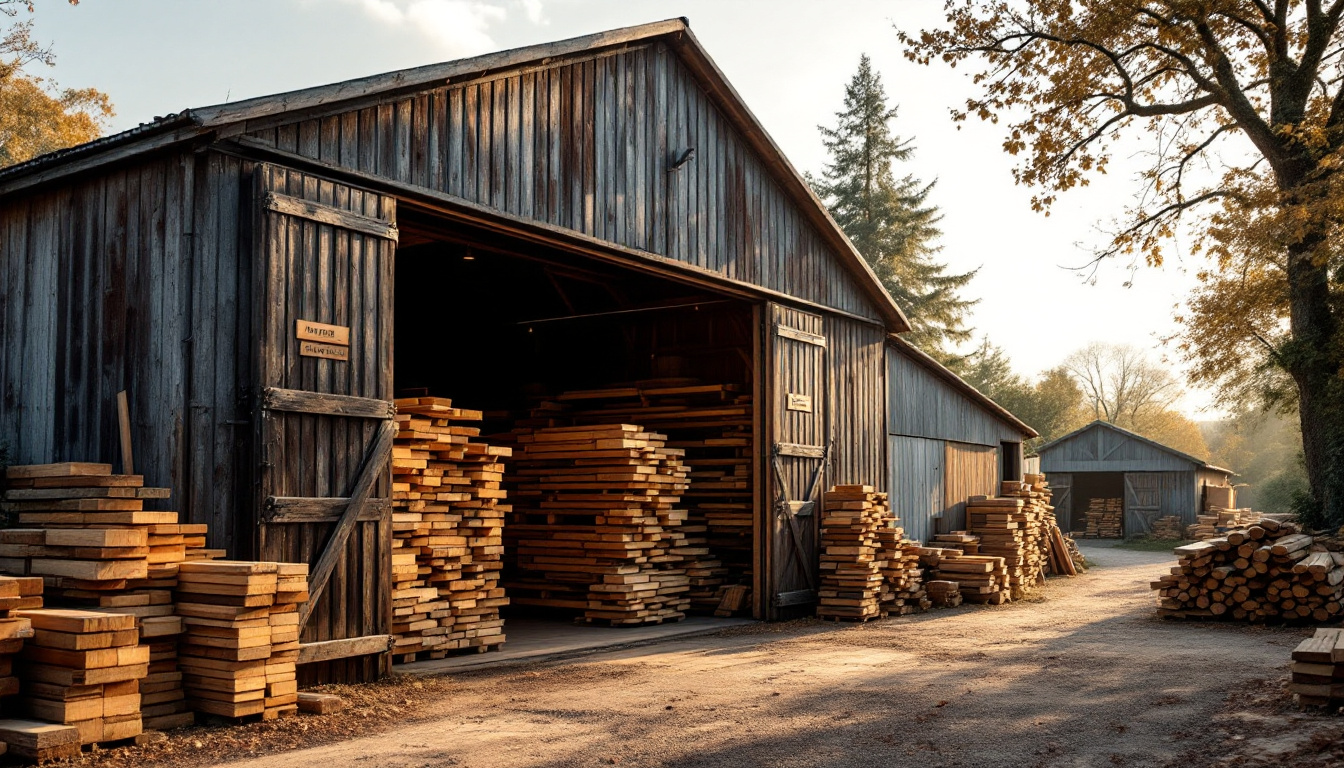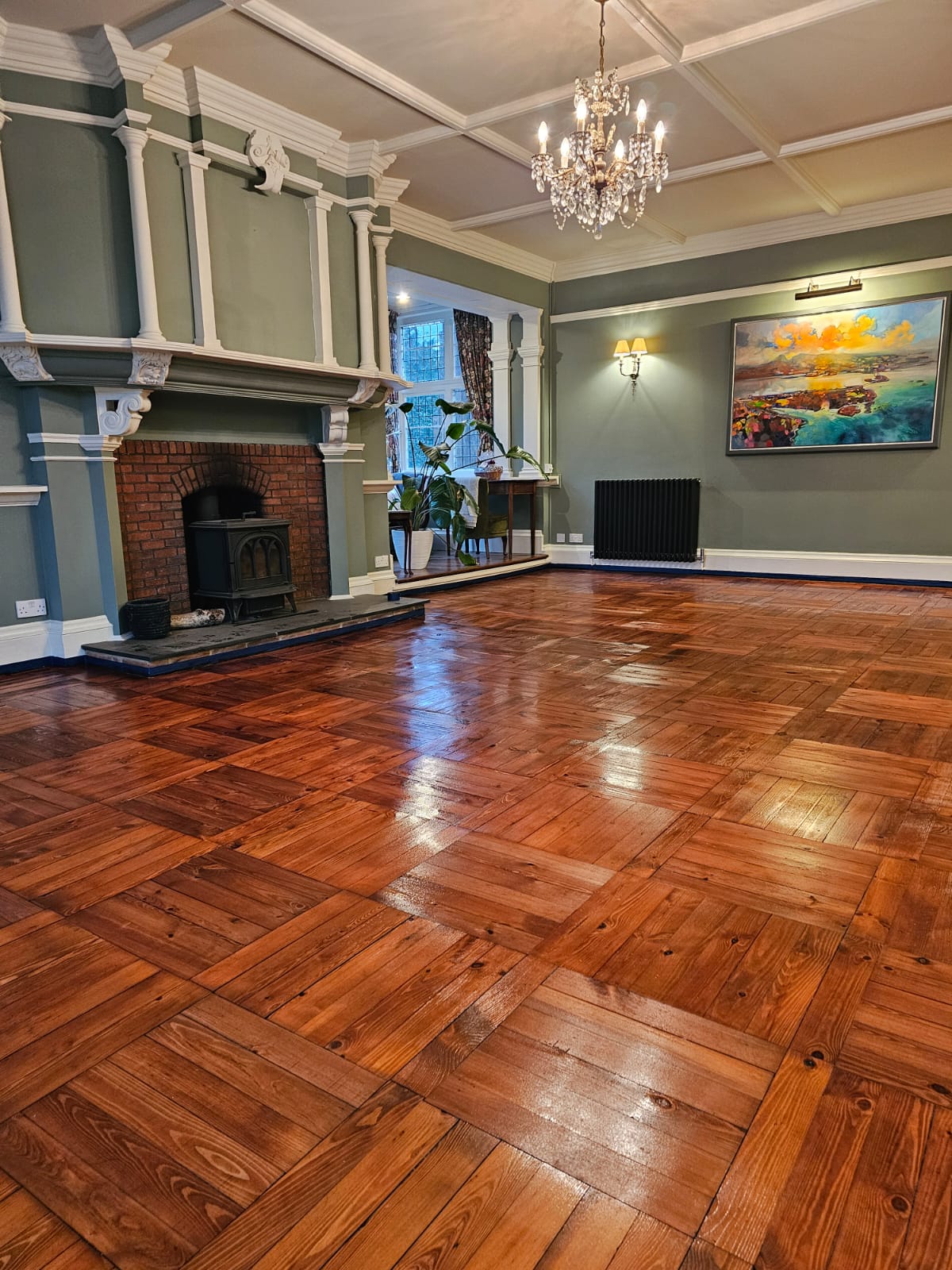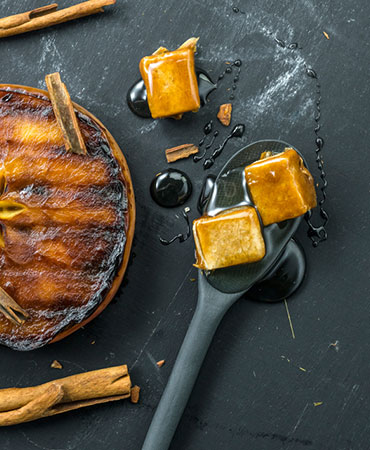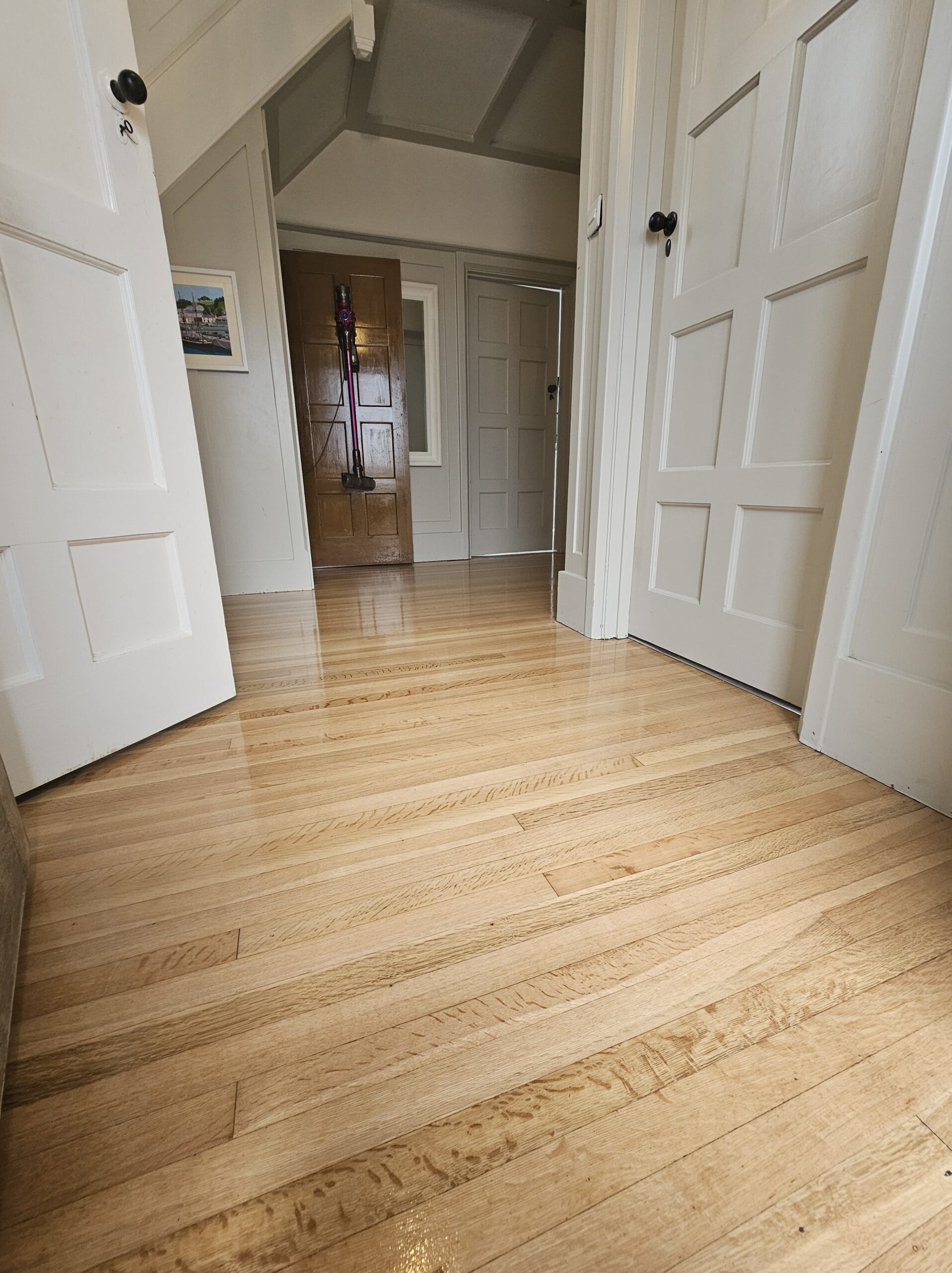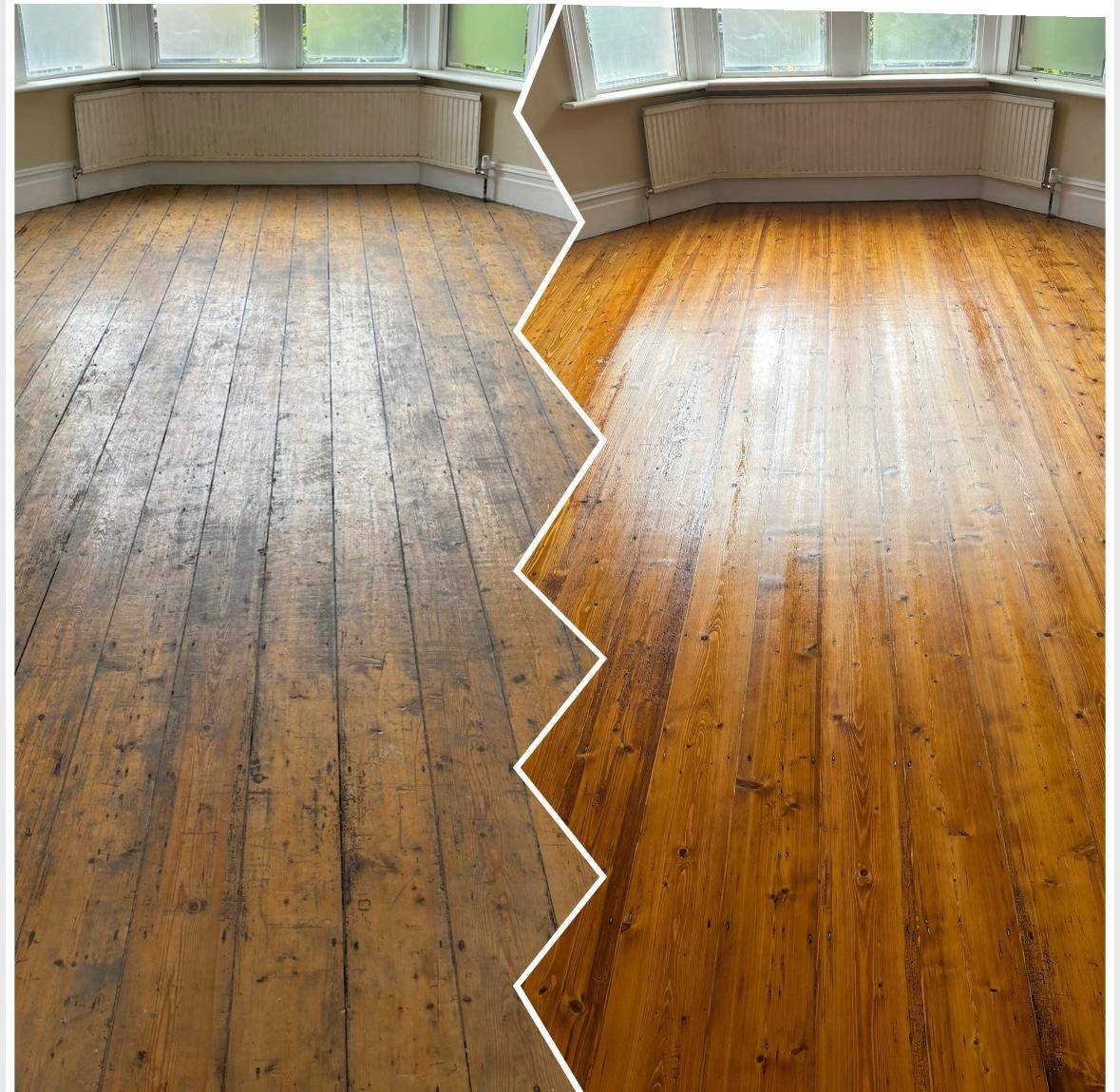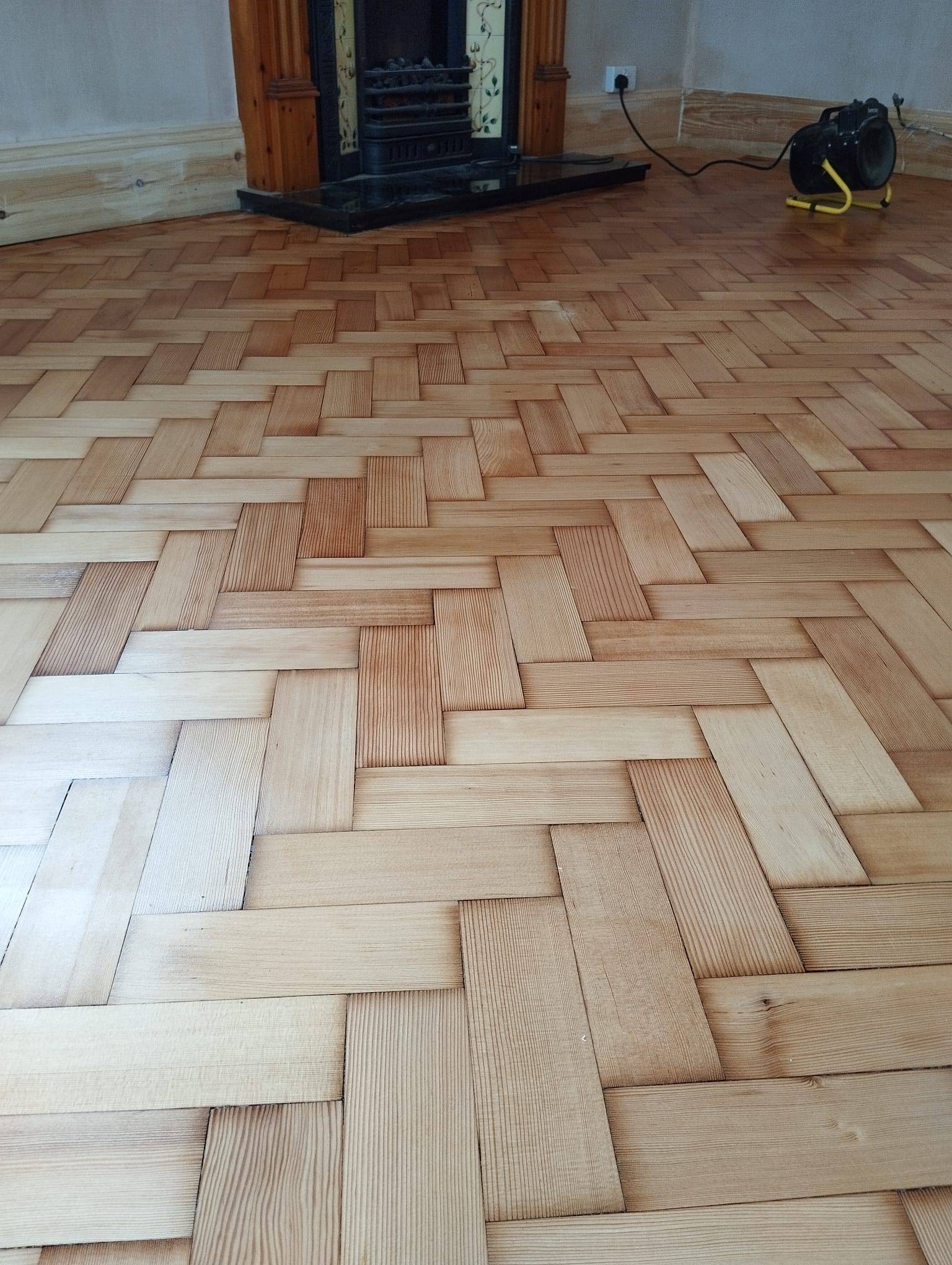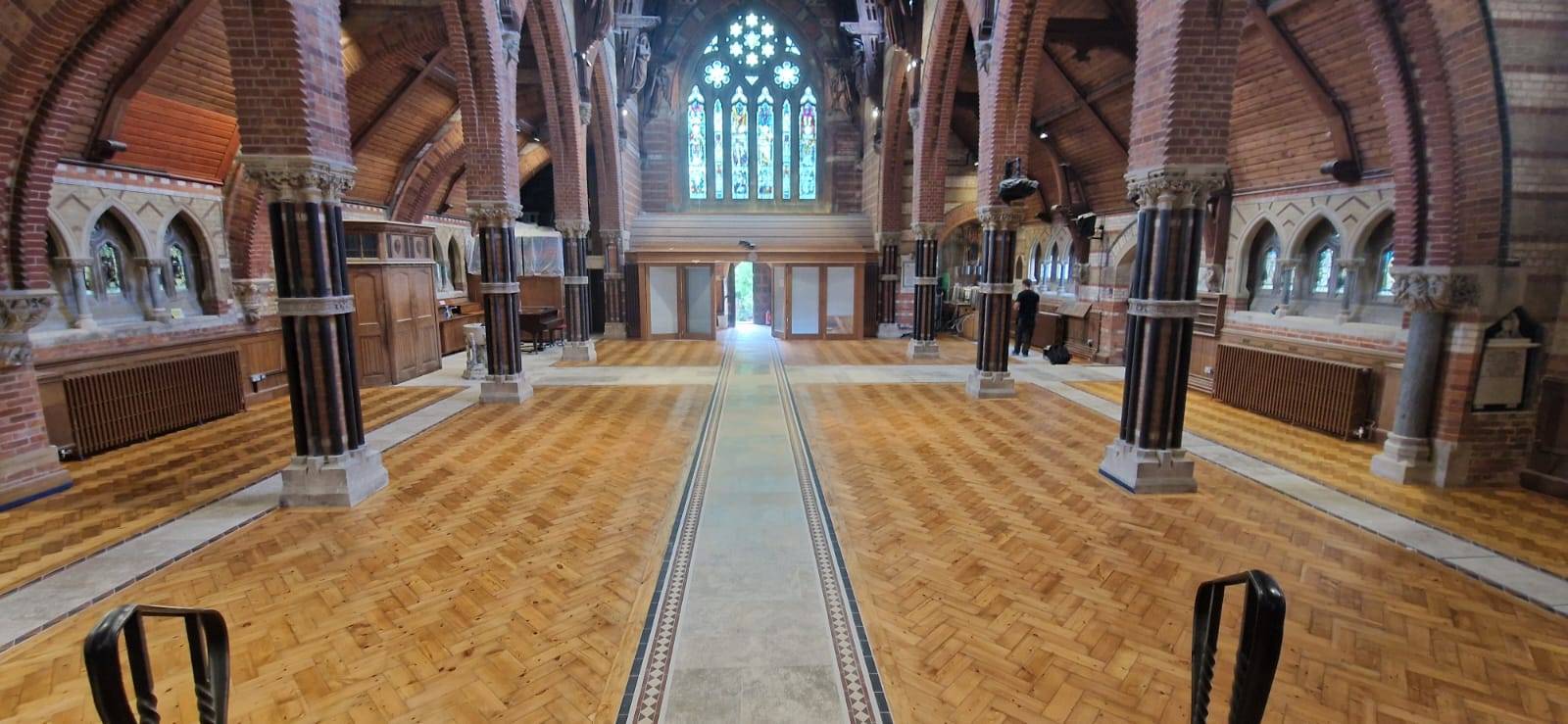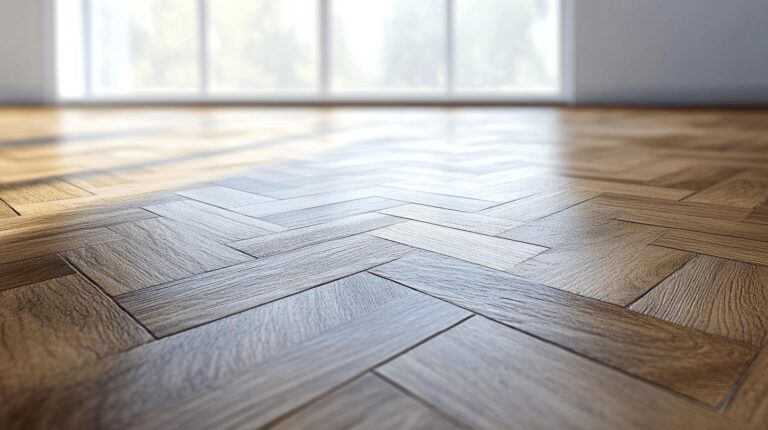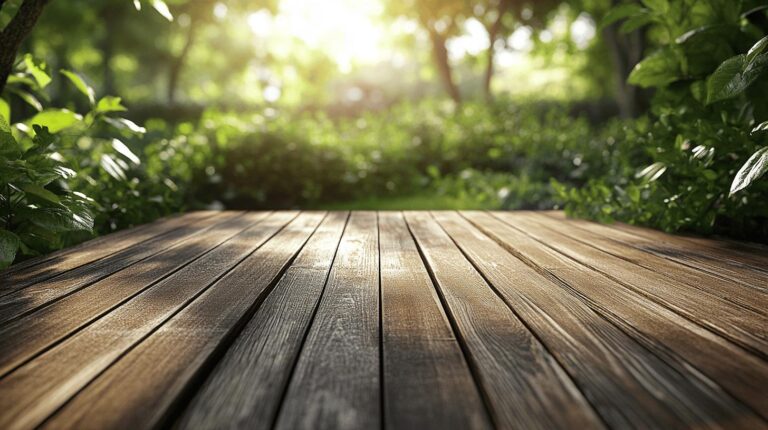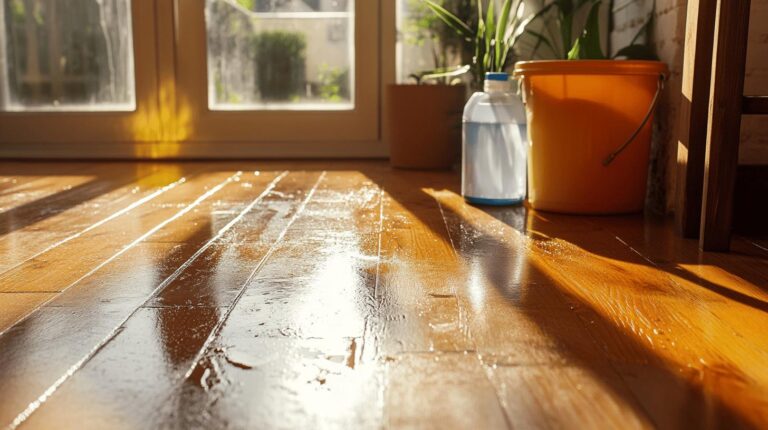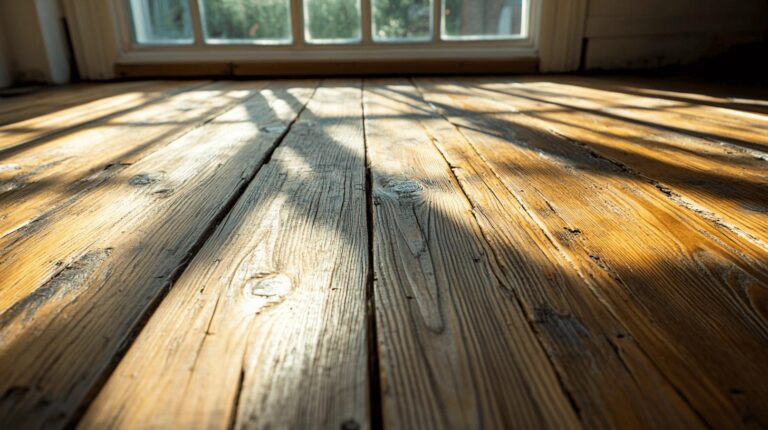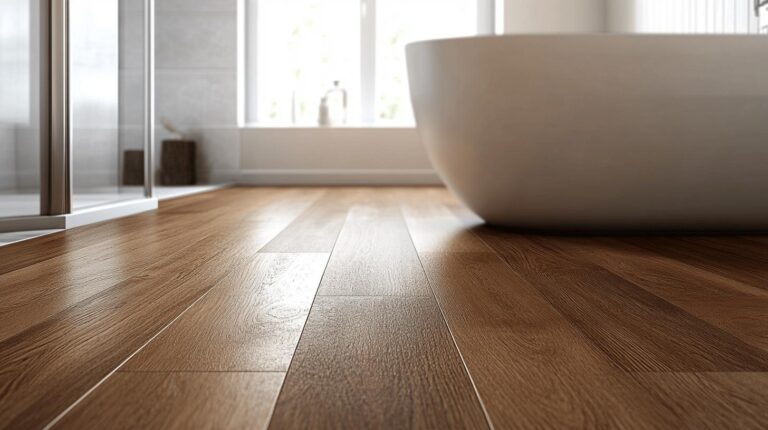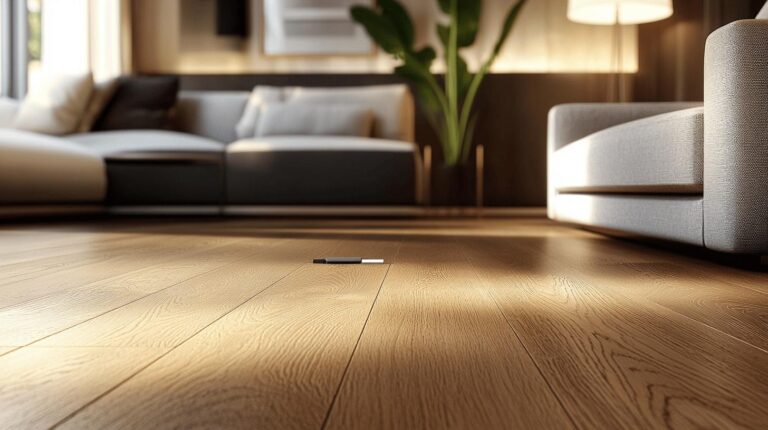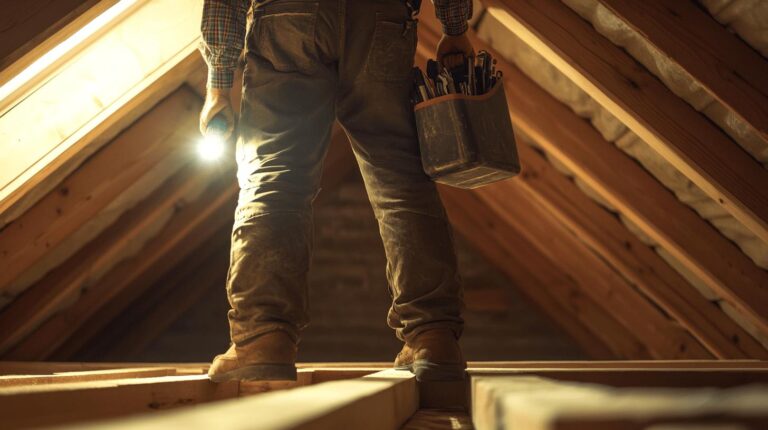Is your wooden flooring up to the task of withstanding your local climate’s unique challenges? Selecting the right regional wood species is not just about aesthetics; it’s a crucial decision that impacts durability, sustainability, and adaptability to environmental conditions. In “Regional Wood Species: Best Picks for Local Climates,” we explore the importance of choosing timber that aligns with your local surroundings. Understanding the adaptability of native trees such as Southern Magnolia and Eastern Red Cedar can not only enhance your home’s aesthetics and value but also ensure sustained resilience in varying climates. Discover how making informed choices can save you time and maintenance, all while supporting local ecosystems.
Understanding Regional Wood Species for Local Climates
Regional wood species are integral to both residential and commercial projects, providing a crucial balance between functionality and environmental harmony. Selecting the right timber involves examining several factors, such as availability, sustainability, cost, and strength. The adaptability of these wood species to local climates ensures that they offer longevity and require minimal maintenance. When timber is chosen with climate compatibility in mind, it not only enhances the structural integrity but also reduces the likelihood of issues such as warping, cracking, or decay. Hence, a well-informed timber selection guide is indispensable for any construction or restoration project, ensuring that the wood species chosen can withstand the specific climatic conditions they will encounter.
Native trees, such as the Southern Magnolia and Eastern Red Cedar, offer distinct advantages due to their evolution in local climates and ecosystems. These species are naturally adapted to the temperature fluctuations, soil conditions, and precipitation patterns of their environments, which translates to reduced maintenance needs and increased resilience. Moreover, they contribute significantly to local biodiversity by providing essential habitats for wildlife. By selecting native species, individuals and businesses not only support ecological balance but also often benefit from better wood performance compared to non-native options. This symbiotic relationship between native wood species and their ecosystems underscores the importance of thoughtful timber selection.
Hardwood Options for Different Climate Regions
Hardwoods are renowned for their durability, strength, and aesthetic appeal, making them a popular choice for both domestic and commercial applications. With dense fibres and intricate grain patterns, hardwoods offer superior structural integrity and a visually appealing finish. The longevity and robustness of these woods make them ideal for high-traffic areas, while their diverse colour palettes and textures provide design versatility. However, selecting the appropriate hardwood involves more than just visual appeal; climate compatibility is a critical factor. Each hardwood species possesses unique properties that determine its suitability for specific environmental conditions, influencing its performance and maintenance requirements.
Maple, Cherry, and White Oak exemplify the diverse adaptability of hardwoods across different climate regions. Maple, with its pale, smooth appearance, is favoured in cooler climates, where its stability prevents excessive contraction and expansion. Cherry wood, known for its rich, reddish-brown hue, performs well in temperate zones, where consistent temperatures allow it to maintain its elegant finish. Meanwhile, White Oak stands out for its natural decay resistance, making it an excellent choice for mildly humid areas. Despite its strength, White Oak’s hardness and high shrinkage rate pose challenges during installation, requiring skilled craftsmanship for optimal results.
Choosing the right hardwood based on regional climate demands is essential to ensure longevity and reduce maintenance costs. Consideration of climate-specific wood properties enables better anticipation of potential issues such as warping, cracking, or decay. By aligning the wood species with the local environmental conditions, individuals and businesses can achieve not only aesthetic and functional goals but also sustainable and long-lasting installations. The strategic selection of hardwoods tailored to their regional climates supports both structural integrity and ecological balance, maximising the benefits of these remarkable natural resources.
- Maple: Ideal for cooler climates
- Cherry: Suited for temperate regions
- White Oak: Best in mildly humid areas
- Red Oak: Thrives in warm, dry climates
- Hickory: Suitable for regions with variable weather patterns
Softwood Choices and Their Climate Compatibility
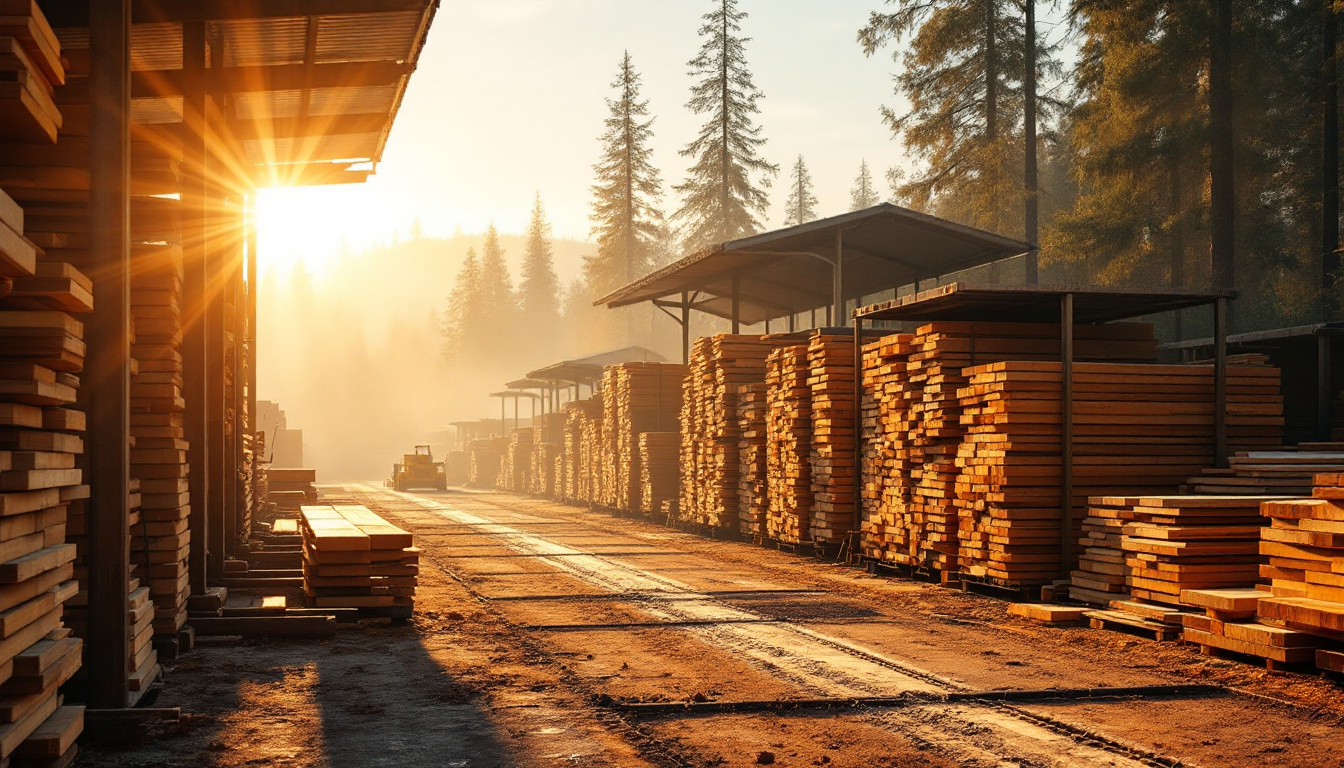
Softwoods, derived from coniferous trees, are celebrated for their versatility, light colour, and widespread use across many industries. These woods, unlike their hardwood counterparts, typically grow faster, making them more affordable and sustainable. Due to their less dense cellular structure, softwoods are easier to work with, which can be advantageous for large-scale construction projects. However, their lighter density also means they might have lower durability compared to hardwoods, making climate compatibility a crucial factor in their selection.
Pine, Spruce, Fir, and Redwood each exhibit distinct properties that suit varying climatic conditions. Pine, with its even grain and good workability, adapts well to temperate climates, offering resilience to moderate weather fluctuations. Spruce, known for its fine texture, is ideal for colder regions, where its dimensional stability ensures minimal distortion. Fir, prized for its strength and straight grain, performs well in diverse climates, including those with variable temperatures. Meanwhile, Redwood stands out for its natural decay resistance, making it particularly suitable for humid environments. Its impressive height and resistance properties make it a preferred choice for outdoor applications where moisture exposure is a concern.
- Pine: Suitable for temperate climates
- Spruce: Ideal for colder regions
- Fir: Performs well in varying temperatures
- Redwood: Best for humid environments
Selecting Rot-Resistant and Insect-Resistant Species
Wood durability is a paramount concern in construction and restoration, with rot and insect infestations posing significant threats to structural integrity. Rot, caused by fungi in moist environments, can lead to severe degradation, compromising safety and aesthetics. Insects, particularly wood-boring species, can further exacerbate these issues by creating internal cavities that weaken wood. Hence, selecting timber species with inherent rot and insect resistance is crucial for longevity and reduced maintenance.
Certain wood species naturally resist these threats, thanks to their unique cellular structures and chemical compositions. White Oak, for example, is well-known for its rot-resistant properties, making it an excellent choice for mildly humid climates. Its dense grain structure and high tannin content deter fungi and moisture penetration. Redwood, similarly, offers commendable decay resistance due to its natural oils and tight grain, thriving in humid conditions where moisture exposure is prevalent. Eastern Red Cedar stands out for its dual resistance to both rot and insects, attributed to its aromatic oils that repel pests and inhibit fungal growth, making it versatile across various climates.
The selection of rot-resistant and insect-resistant timber greatly influences long-term durability and maintenance costs. By opting for naturally resistant species, builders and homeowners can ensure their projects withstand environmental challenges, extending the lifespan of wooden structures. This strategic choice not only enhances physical resilience but also supports sustainable building practices by minimising the need for chemical treatments and frequent replacements. Ultimately, the right wood selection aligns ecological benefits with practical functionality, promoting enduring and environmentally conscious construction.
- White Oak: Rot-resistant, ideal for humid climates
- Redwood: Decay-resistant, suitable for moist environments
- Eastern Red Cedar: Both rot and insect-resistant, adaptable to various climates
- Teak: Insect-resistant, favours warm, wet conditions
- Cypress: Rot-resistant, performs well in wet areas
Sustainable Forestry Practices and Wood Selection
Sustainable forestry practices are crucial for maintaining the long-term health and availability of forest ecosystems. By prioritising responsible management of forest resources, these practices help to ensure that timber harvesting does not deplete natural habitats or disrupt ecological balance. Sustainable forestry involves techniques such as selective logging, which minimises environmental impact by carefully choosing which trees to cut while allowing others to grow to maturity. This method supports biodiversity and preserves the forest’s ability to regenerate naturally. Moreover, sustainable practices enhance the resilience of forests against climate change, pests, and diseases, thereby safeguarding the ecological services they provide to both humans and wildlife.
The influence of sustainable forestry practices extends significantly to timber selection and availability. Responsible harvesting ensures a continuous supply of high-quality wood by preventing over-exploitation and promoting regeneration. Regional tree plantation schemes, which involve planting native species suited to local climates, play a pivotal role in maintaining timber sustainability. These schemes not only replenish harvested areas but also contribute to carbon sequestration and soil preservation. Consequently, the timber sourced from sustainably managed forests is more likely to meet environmental standards, providing builders and consumers with ethically sourced materials. This approach not only supports the environment but also aligns with the growing demand for sustainable construction practices.
Case Studies: Choosing the Right Wood for Local Projects
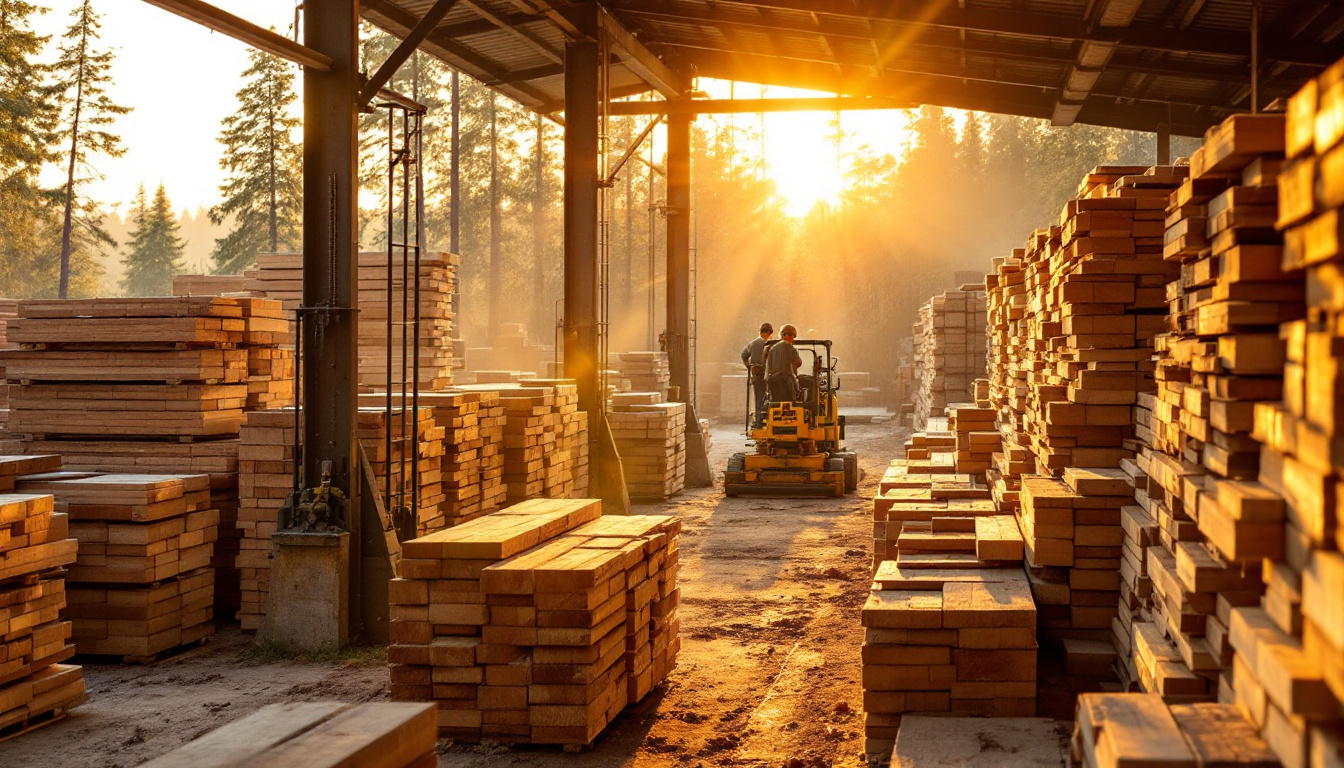
Case studies serve as an invaluable resource for understanding the practical implications of selecting regional wood species for local climates. They illustrate real-world applications and outcomes, providing insights into the benefits and challenges of various timber choices. By examining these examples, individuals and businesses can glean practical knowledge that informs their own wood selection processes, ensuring that they choose species well-suited to their specific environmental conditions and project needs. These studies highlight the importance of aligning material selection with local climates, ultimately enhancing the structural integrity, aesthetic appeal, and sustainability of construction projects.
A notable example of successful local wood selection can be found in a community centre project in the heart of the Lake District. For this project, Douglas Fir was chosen due to its availability and adaptability to the region’s temperate climate. The use of locally sourced Douglas Fir not only reduced transportation emissions but also supported the regional economy. The timber’s structural strength and minimal cracking underlined its suitability for the high-traffic areas within the centre. The design benefitted from the timber’s natural beauty, seamlessly integrating the building with its scenic surroundings. This case underscores how thoughtful wood selection can enhance both functionality and aesthetic cohesion.
Ryan’s Restoration: A Case Study
Ryan’s Restoration, a reputable company known for its expertise in wood renovation, exemplifies the benefits of expert consultation and strategic wood selection. In a recent restoration project, they opted for Eastern Red Cedar, recognising its rot and insect resistance as ideal for the local humid climate. Their choice was further informed by consultations with local arborists, ensuring that the wood would perform optimally in the project’s specific conditions. The result was a restoration that not only met aesthetic and structural goals but also demonstrated longevity and reduced maintenance needs. This success story highlights the importance of professional insight and locally informed decisions in achieving exemplary project outcomes.
The importance of expert consultation and local sourcing cannot be overstated in wood selection for construction and restoration projects. Arborists and ecologists offer specialised insights tailored to specific climates and environmental conditions, guiding the choice of timber that will perform best over time. Additionally, sourcing wood locally supports regional economies and diminishes the carbon footprint associated with long-distance transportation. By prioritising these practices, individuals and businesses can achieve projects that are both environmentally sustainable and economically beneficial, ensuring enduring success and ecological harmony.
Final Words
Exploring the range of regional wood species reveals their distinct suitability for various local climates. From resilient hardwoods like Maple and Cherry to versatile softwoods such as Pine and Redwood, selecting the ideal timber requires careful consideration of each species’ unique properties and climate compatibility. Understanding sustainable forestry practices ensures wise timber selection, safeguarding forestry resources for future generations.
Ryan’s Restoration exemplifies how effective local sourcing and expert advice can result in successful projects. Prioritising regional wood species aligns perfectly with ecological goals, enhancing both home aesthetics and environmental responsibility.
Find your perfect local wood flooring – Contact Ryan’s Restoration for expert advice today!
FAQ
What are the best trees in the UK to plant for climate change?
To combat climate change in the UK, planting trees such as the English Oak and Silver Birch is beneficial. These trees sequester carbon efficiently, support biodiversity, and are well-adapted to the British climate.
Which trees are drought-tolerant in the UK?
Drought-tolerant trees in the UK include species like the Crab Apple and Field Maple. These species can withstand dry periods, making them ideal for areas experiencing reduced rainfall.
What is the most resilient tree in the UK?
The English Oak is considered one of the UK’s most resilient trees. It withstands varying climatic conditions and offers habitat resilience, supporting a diverse range of wildlife.
What are environmentally friendly trees?
Environmentally friendly trees include native species such as the Rowan and Hawthorn. These trees enhance biodiversity, adapt well to local conditions, and require minimal resources to thrive.
Which trees are best for climate change adaptation?
For climate change adaptation, trees like Sweet Chestnut and Hornbeam are recommended. These species can adapt to changing climates and still provide ecological benefits.
What plants are effective for addressing climate change?
Native plants like Wild Cherry and Hazel play a vital role in addressing climate change. They improve local ecosystems and help reduce atmospheric carbon effectively.
